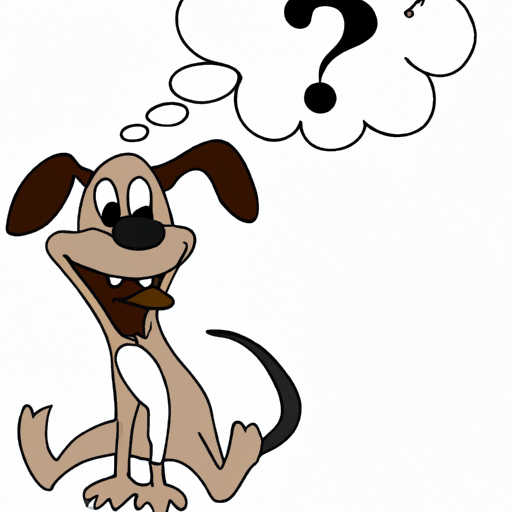Introduction
Have you ever noticed how your furry friend’s tail goes into overdrive when you walk through the door? It’s a question that’s stumped dog owners for centuries. What’s the story behind that joyful wagging tail? Let’s delve into the world of canine communication to find out.
The Science Behind Tail Wagging
First off, let’s understand that tail wagging isn’t just an expression of happiness. It’s a complex form of communication that dogs use to convey a range of emotions.
- Happiness: When your dog is excited or happy, they wag their tail vigorously. This is often accompanied by other signs of joy, such as jumping or barking.
- Friendliness: A relaxed wagging tail can also indicate that your dog is friendly and comfortable.
- Fear or Submission: A tail tucked between the legs shows that your dog is scared or submissive.
This table summarizes the different emotions dogs express with their tail:
| Tail Position | Emotion |
|---|---|
| High and stiff | Dominance or aggression |
| Wagging fast and wide | Excitement or happiness |
| Low or between legs | Fear or submission |
| Still and relaxed | Contentment |
The Role of the Dog’s Brain
The brain plays a crucial role in your dog’s tail wagging. When your dog feels an emotion, it’s the brain that sends a signal to the tail muscles, causing them to move.
Interestingly, the direction of the wag can also reveal your dog’s feelings. Research suggests that a wag to the right indicates positive emotions, while a wag to the left may indicate negative emotions.
How Tail Wagging Benefits Dogs
You might wonder, why did evolution favor tail wagging in dogs? There are several reasons:
- Communication: Tail wagging helps dogs communicate their emotions to other dogs and humans.
- Balance: For some dogs, the tail acts as a counterbalance during running or swimming.
- Signal: Hunting dogs may use their tail to signal their location in tall grass.
Understanding Your Dog’s Tail Wagging
Learning to interpret your dog’s tail wagging can enhance your bond with them. Pay attention to the speed, direction, and position of the wag. Remember, context is also important. Always consider the overall body language and the situation to understand what your dog is trying to say.
Frequently Asked Questions
1. Can all breeds of dogs wag their tails?
Not all breeds have long tails to wag. But even dogs with short or docked tails express their emotions through the movement of their tail stump.
2. Why does my dog wag its tail when it sees me?
It’s likely an expression of happiness and excitement. Your dog is thrilled to see you!
3. Can cats communicate with their tails like dogs?
Yes, but the signals are different. For example, a twitching or thrashing tail in cats often indicates irritation.
4. Why does my dog wag its tail in sleep?
Dogs often move in their sleep during the REM phase, similar to humans. The tail wagging could be a response to a dream.
5. Can a dog wag its tail if it’s in pain?
Yes. Dogs can wag their tails for many reasons, not just happiness. Always consult a vet if you suspect your pet is in pain.



